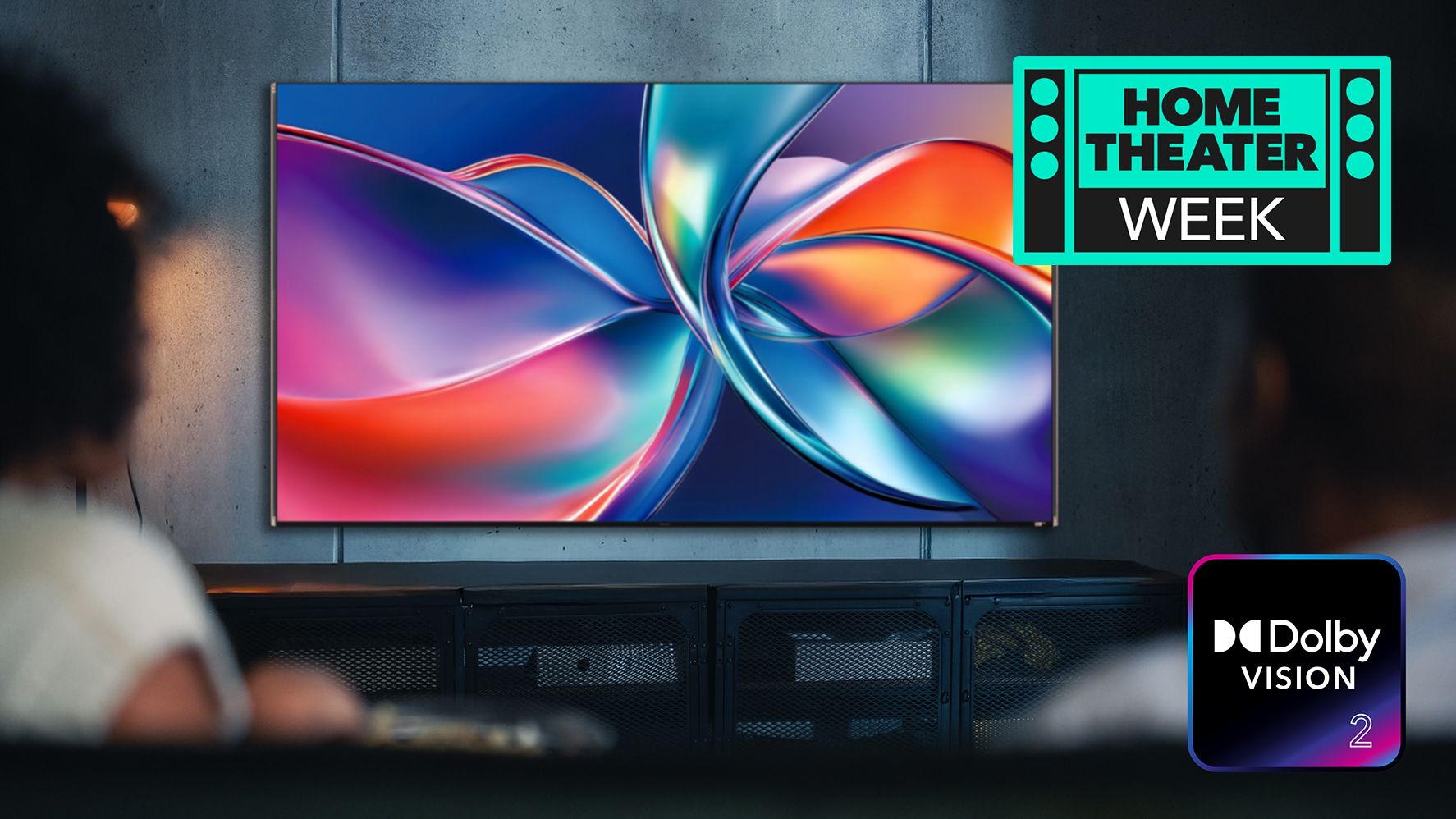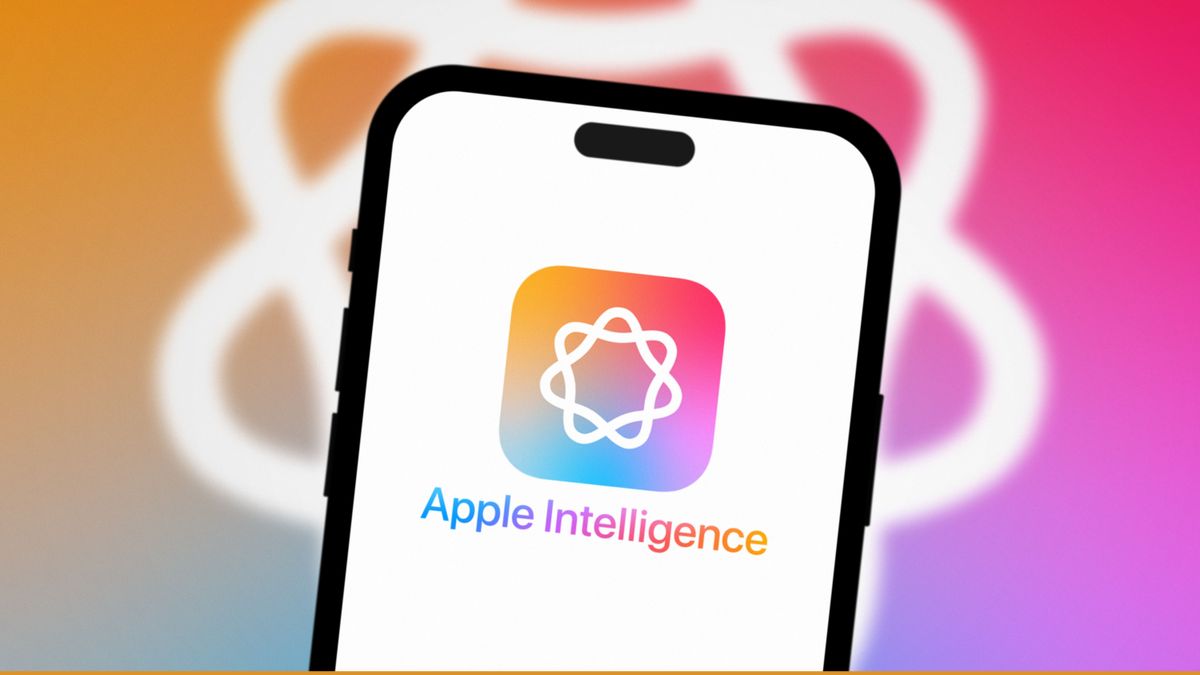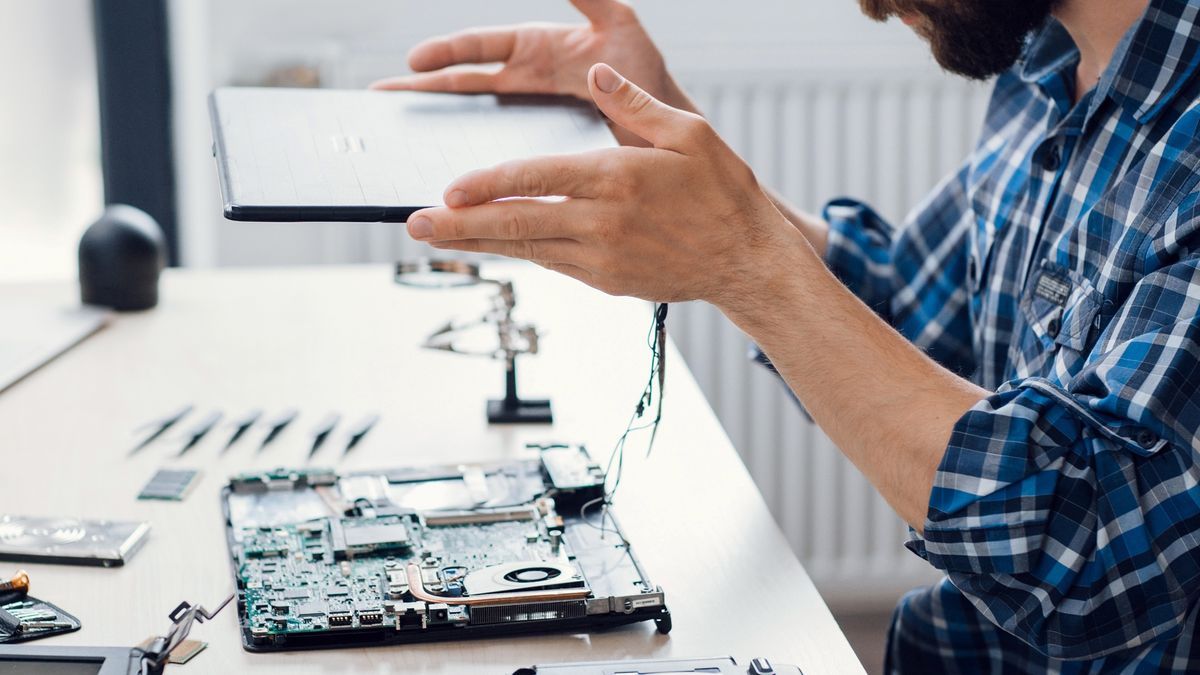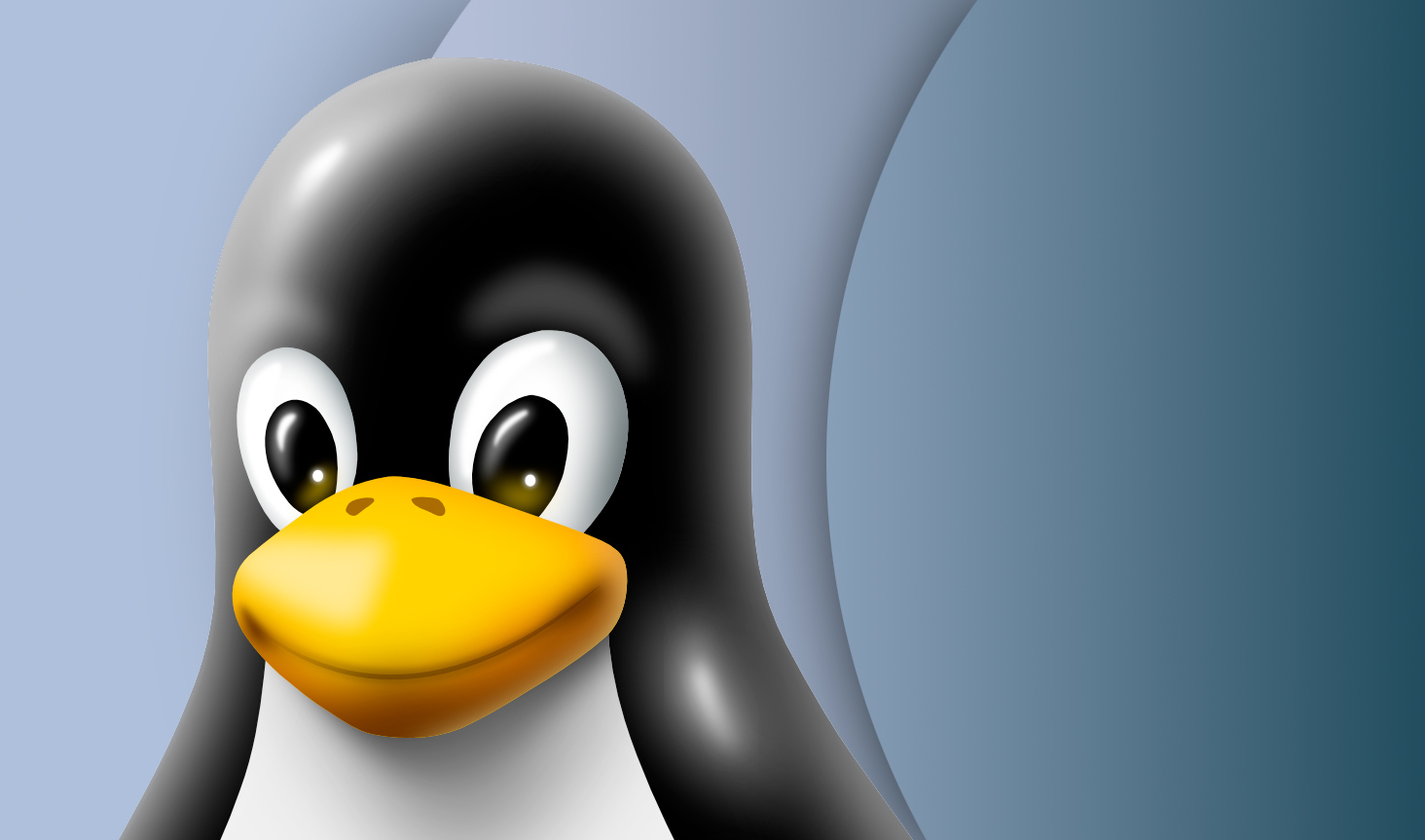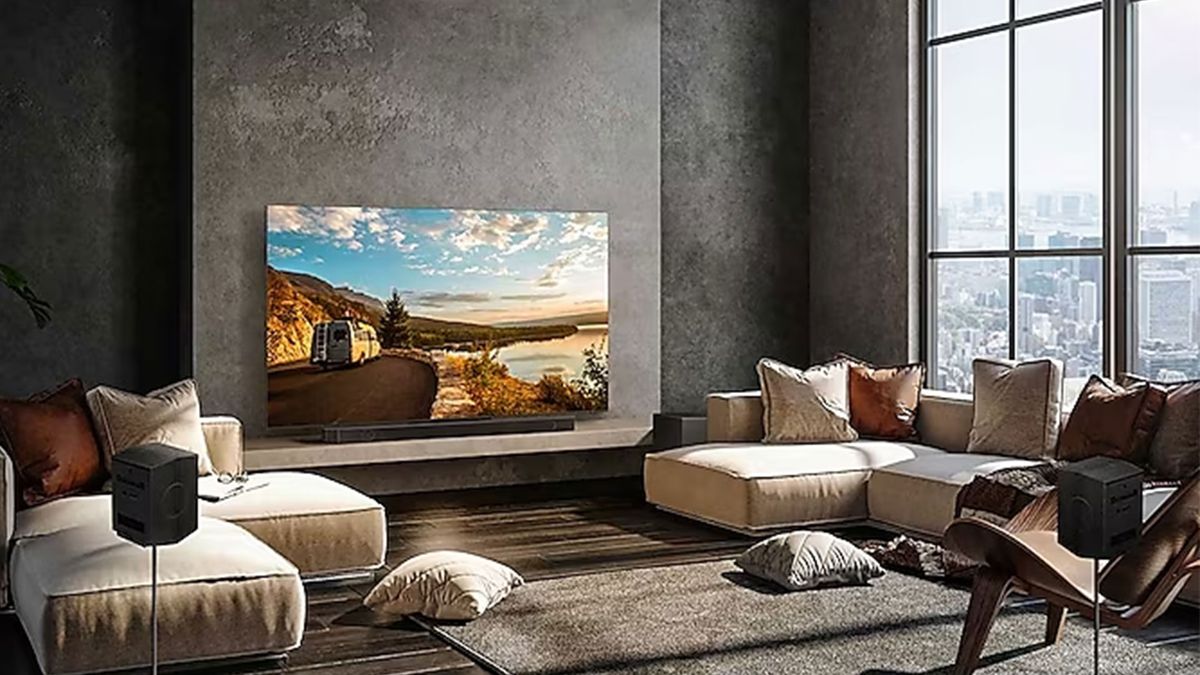- Dolby Vision 2 will include a new image and 'adaptive content intelligence engine
- Dolby Vision 2 Max has 'Authentic Motaje' and is designed for high -end televisions
- Hisense is the first television manufacturer to announce support
Dolby has announced the successor of its advanced HDR format, Dolby Vision. Properly, it is called Dolby Vision 2, and over time it will replace both the current Dolby vision standard and the variation of Dolby Vision IQ, which adapts the image based on the environmental brightness in the room.
However, it is not the only option: Dolby is also presenting Dolby Vision 2 Max, which is an even more advanced version specifically designed for high -end televisions, such as elite OLED televisions and new RGB LED TVs.
Dolby Vision 2 will be supported by Hisense on high -end televisions used by the Medatek Pentonic 800 chips, which is the first chip with the full support for the new standard, and includes the innovative 116 -inch LED RGB LED that we recently tested in depth.
This chip is used by other televisions, but we are not sure what models will admit Dolby Vision 2, because what chips are used in which televisions are not always as logical as possible: I have contacted all the main television companies to ask about their plans to support Dolby Vision 2 in the future, and I will publish any news he receives.
So what is really again this time? There is a great focus on adapting the image to improve it while maintaining the same artistic intention, and this time it is not just about colors and luminance: Dolby Vision 2 also brings with it some exciting settings to movement management.
Authentic movement in a next generation engine
“Dolby Vision 2 redefines how we think of Dolby Vision to unleash the complete capabilities of modern televisions while providing unprecedented opportunities to boost their creative limits beyond what never before,” says John Coling, senior entertainment vice president in Dolby Laboratories, in the introduction to the new format.
There are three main areas that have changed in Dolby Vision, not including the introduction of Dolby Vision 2 Max (which we will return in a minute).
Let's start with which I am most intrigued (and most of the videophiles will also be): Authentic movement. It is somehow for the management of what Dolby Vision does for the dynamic range, allowing the creators to adjust on a “shooting base” by dominating the film or the television program, instead of having the TV with a particular movement configuration that annuls everything.
Dolby makes it clear that this is “the first in the world Creative conducted Movement Control Tool ” [emphasis mine]and that this “will make the scenes feel more authentically cinematographic without unwanted judges.”
You can provide the perfect solution to a potential problem with the filmmaker mode on televisions: we do not want the artificial movement to be soft so that the movies are seen unnatural, but televisions are not always able to show the movement of 24 fps movies with some time problems that create judged effects.
If this can be resolved by making the filmmakers add some movement settings to the film Master of Film, which then communicate to television through Dolby Vision 2, that could be a victory: always a natural movement, but only when necessary.
Next, it is a “redesigned and even more powerful image engine” that feeds Dolby Vision 2. There are still not many details about this, but basically Dolby has updated the tools that drive the creation and reproduction of the Dolby Vision content, offering new options for creators, while promising that “the Dolby Vision content will be even more amazing when enjoyed in an exhibition of Vision 2 of Dolby Vision”.
Content intelligence is here (at least it is no more AI)
Part of the Dolby Vision field was always that it helps to adapt the original mastering image to the capacities of its particular TV, and Dolby Vision 2 will be expanded in this depending on what is happening in the content itself, as well as which screen you are using. There are some new key features, and Dolby has wrapped them all under the name of content intelligence, which fortunately does not make statements about AI's tuning despite the modern name,
First it is precise Black, which is designed to “reduce consumer frustration that the image is 'too dark'” by increasing the content that is too murky to see on some televisions (too late for that infamous Thrones games Battle, but it goes), but promises to do this “without compromising the artistic intention.”
The following is Light Sense, which is designed to adapt the image based on environmental lighting in the room, but in combination with “reference lighting data of the content source” to obtain better results, which makes it an improvement (and a replacement for) the adaptive image of Dolby Vision IQ.
And there are some optimizations for live sports, including “White Point Settings” and “Movement Control” that are specifically destined to improve live sports broadcasts.
To the maximum
Finally, the most mysterious part of Dolby Vision 2 so far is the maximum version. Dolby says he will have more to share about this later, but basically is designed to make the most of the highest performance televisions, including the bidirectional tone mapping and the new advanced tools for enthusiasts.
The general idea is to push higher performance televisions as far as they can go, to give it a great visual explosion for their money when it comes to a shocking and clear image quality.
If any of this seems a bit vague in terms of what improvements you should expect from him, do not worry, I will talk to Dolby in depth about the changes soon, to have an idea of how great the change in practice will be.
When will all this come? Later, more information about availability and time will come, even if the creators of the best televisions admit it, we also need content to use it. Until now, it is confirmed that Canal+ will be on board for that, but we will have to listen much more.

